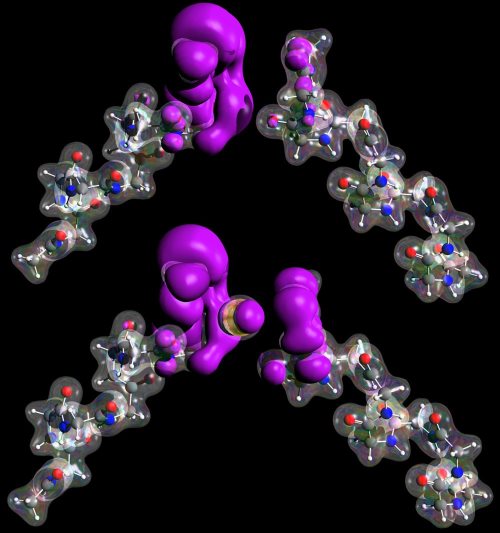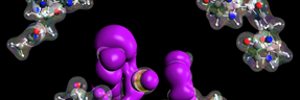28/08/2014
They measured the electron currents in anesthetized flies using electron spin resonance techniques and showed that the total amount of free electron spins in fruit flies increases when they are exposed to anesthetics, whereas in fly strains selected for resistance to halothane, the spin response is absent or markedly reduced. These results unexpectedly suggest that electron currents are directly involved in the hitherto mysterious mechanism of general anesthesia and suggest the remarkable possibility that spintronic mechanisms may underlie CNS physiology.
The paper can be found at
http://www.pnas.org/content/early/2014/08/06/1404387111.abstract
Reactions so far
http://phys.org/news/2014-08-electron-mechanism-anesthesia.html
http://www.scientificamerican.com/article/electron-theft-not-drug-effects-may-be-how-anesthesia-knocks-people-out/
http://www.worldsciencefestival.com/2014/08/anesthesias-electric-effects/
http://www.bbc.co.uk/programmes/b04d4tzp
F1000 mention
http://f1000.com/prime/718528143

Effect of the anesthetic noble gas Xenon on the electronic structure of two short peptides. Top: the highest occupied molecular orbital [purple surface ] for two 9-residue helices positioned close to each other. A small fraction of the molecular orbital extends from one helix to the other. Bottom: when a Xenon atom [gold sphere] is in the gap, the orbital spread increases. Transparent surface is Van der Waals electron density. Credit Luca Turin
